The Language of Food: Identity, Tradition, and Cultural Transformation
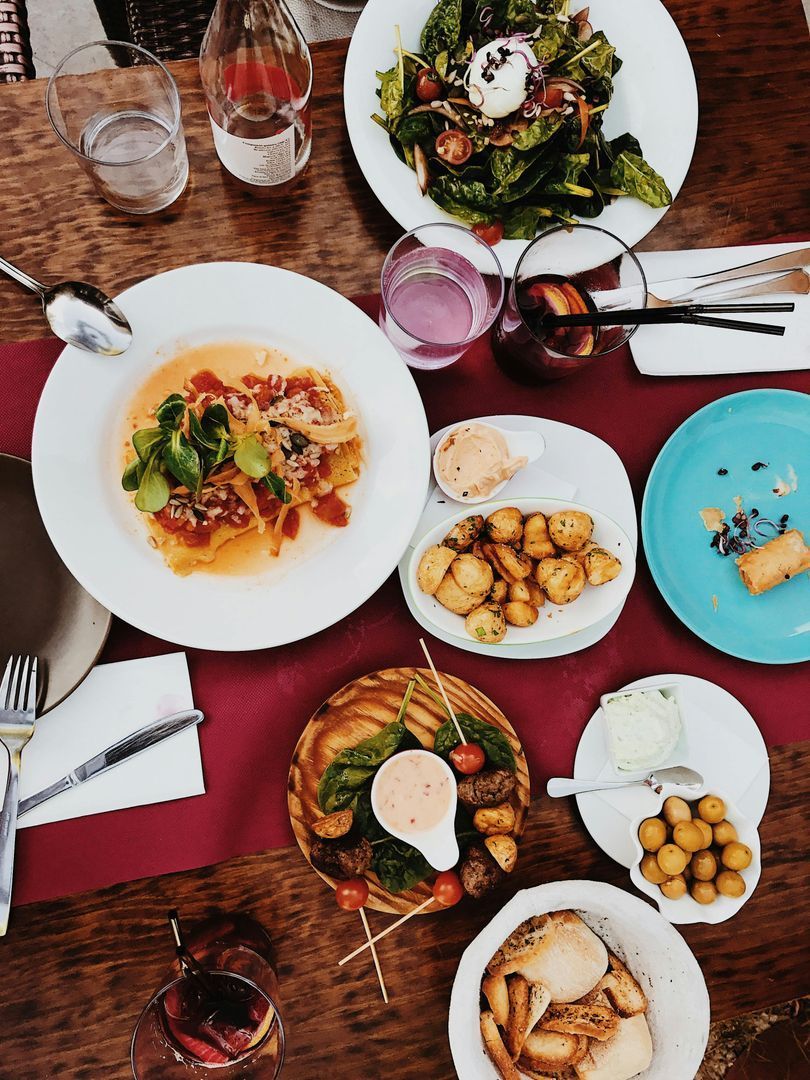
Food is more than just nourishment: it is a social, cultural, and symbolic language. Every culture is also defined by what it eats, how it is cooked, and with whom it is shared. Gastronomic traditions are not simple collections of recipes: they are living archives of collective memory. Like language, food codifies values, roles, affiliations, and worldviews. This article explores the value of food as a form of identity expression, comparing it to language and analyzing when gastronomic tradition approaches a ritual or an abstract code rather than a collection of ingredients.
#food #identity #tradition #culture #gastronomy #language #communication #memory #rituals #territory #history #authenticity #globalization #socialmedia #innovation #migrants #dialects #flavors #sharing #slowfood
Food and Identity: A Grammar of Taste
Food is a cultural symbol. Claude Lévi-Strauss, in his work The Raw and the Cooked (1964), identifies a mythical and social structure in food transformation: cooking means civilizing. Each culture cooks the world in its own way, transforming it into meaning. Eating thus becomes an act of identity: one eats what one is or what one desires to be.
In this sense, food is a grammar of taste. Just as words form sentences according to shared rules, so ingredients and culinary techniques create recognizable dishes that speak of a territory, a history, a community.
Food as a language: words, dialects, recipes
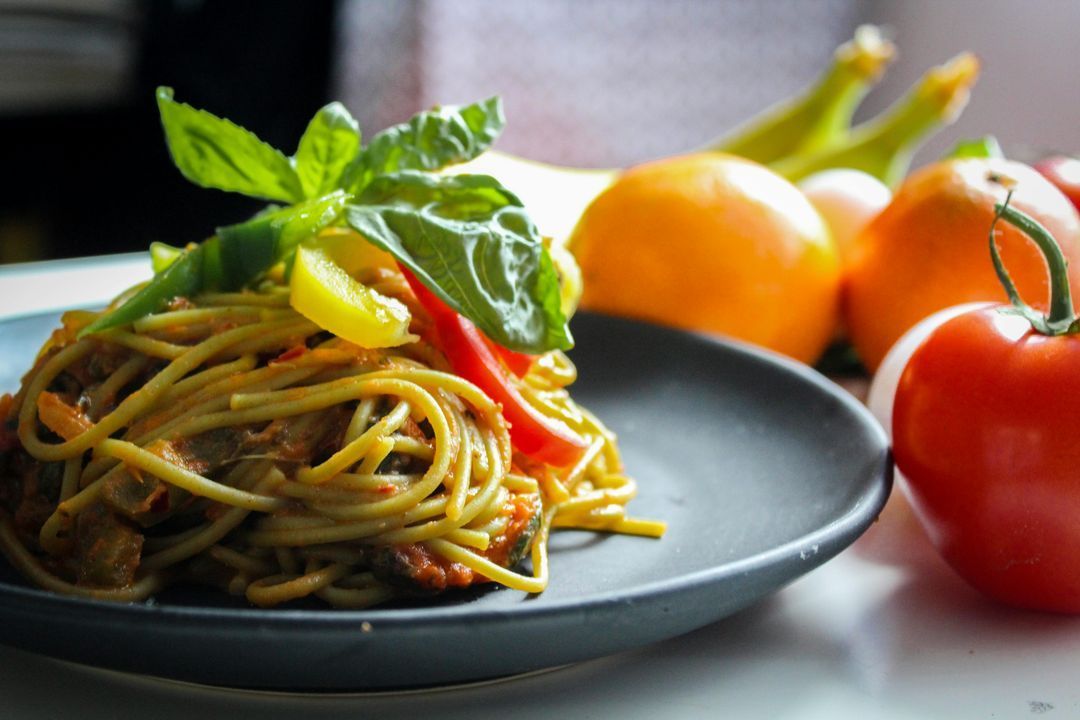
The comparison with language is no coincidence. Roland Barthes wrote that food is a system of communication, a body of images, a protocol of customs, situations, and behaviors. Just as there are languages and dialects, so too do regional cuisines and family microtraditions.
Every dish is a statement: it carries with it a syntax (how to prepare it), a lexicon (the ingredients), a semantics (its social meaning). Food is passed down orally, like fairy tales. Often, recipes are not written down but passed down by eye. Culinary knowledge is thus a language that is not codified, but deeply internalized.
Tradition as rite: time, gesture, memory
Gastronomic tradition isnt just a list of ingredients: its a ritual. Consider the preparation of Neapolitan ragù: hours and hours of slow cooking, coinciding with Sunday family gatherings. The dish isnt just delicious: its charged with meaning, anticipation, and domestic love. Ritual food is often tied to the calendar (Christmas, Easter) or to moments of transition (births, weddings, bereavements).
The act of kneading, tasting, and serving becomes performative, almost liturgical. In this sense, tradition approaches ritual rather than mechanical repetition.
Case study: bagna cauda and the Piedmontese code
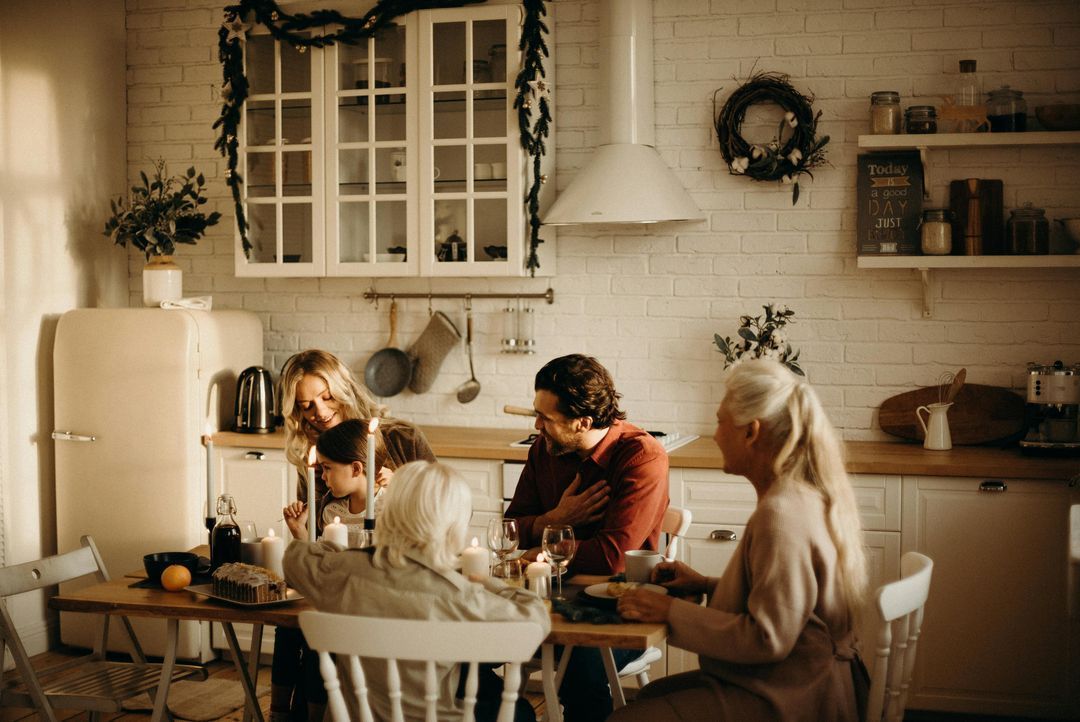
A prime example is bagna cauda, a signature dish of Piedmont. Its a collective ritual, eaten together around the table, sharing the piping hot garlic and anchovy sauce. Each diner dips their vegetables, but there are implicit rules: dont make a mess, dont leave any pieces, and respect the timing.
Bagna cauda isnt just a recipe: its a social code. How you eat is as important as what you eat. Its a body language, a table ethic. In this case, tradition is closer to a system of rules and meanings than a chemical formula.
Cuisine and Diaspora: Keeping Roots Away from Home
For migrant communities, food becomes even more central: its a way to keep their roots alive. Recreating a dish far from home means rebuilding a piece of their identity. Even when the ingredients change out of necessity, the intention remains: food as an emotional and cultural link to their past.
This is also demonstrated by the practice of culinary creolization, where native and local elements are blended, creating new syntaxes of taste. It is the language of nostalgia and reinvention.
Globalization and the resistance of traditions
In a globalized world, cuisines meet and mingle, but they also risk becoming homogenized. Fast food speaks a simplified and universal language. In response, the rediscovery of local traditions is gaining momentum. The Slow Food movement, born in Italy with Carlo Petrini, is a form of cultural as well as nutritional resistance.
Defending gastronomic biodiversity means defending identities, knowledge, and narratives. Its a political act.
Language, food, and power: who writes the rules?
Like any language, food has its own norms. But who establishes them? Often, power dynamics determine what is authentic or traditional. Regional recipes are often codified by tourism boards, Michelin-starred chefs, and food media. But there are also everyday, informal practices that escape codification but remain alive.
The risk is that tradition becomes museumized and loses its vitality. True tradition is mobile, open, and contradictory.
Tradition vs. Authenticity: Two Divergent Concepts
Authenticity is often used as a synonym for tradition, but its actually a modern construct. Anthropologist David Berliner has shown how what we consider authentic today is often an idealized reconstruction of the past. Even in food: we search for lost flavor, but reinvent it. Grandmas pasta is never just the real thing; its also the pasta we want to remember.
Authentic food isnt a fossil: its alive, evolving, adapting. Its more of a feeling than a fact.
Social media and cooking: a new visual language
With Instagram and TikTok, cooking has become a visual language. Food is photographed, staged, and aestheticized. Here too, new rituals are emerging: the unboxing of a dish, the 30-second recipe, reels of grandma cooking. These are new cultural codes.
The language of food adapts to the medium. But even in this case, what endures is the narrative: behind every viral dish lies a story (real or fabricated) of belonging, taste, and identity.
Conclusions: food as an act of signification
In conclusion, food is much more than a collection of ingredients: it is a complex system of meaning. Like language, it constructs and transmits culture, defines roles, and tells stories. Gastronomic tradition is alive when it is ritual, when it is a shared experience, when it evolves without losing its memory.
Defending a peoples cuisine means defending their voice, their language, their history.
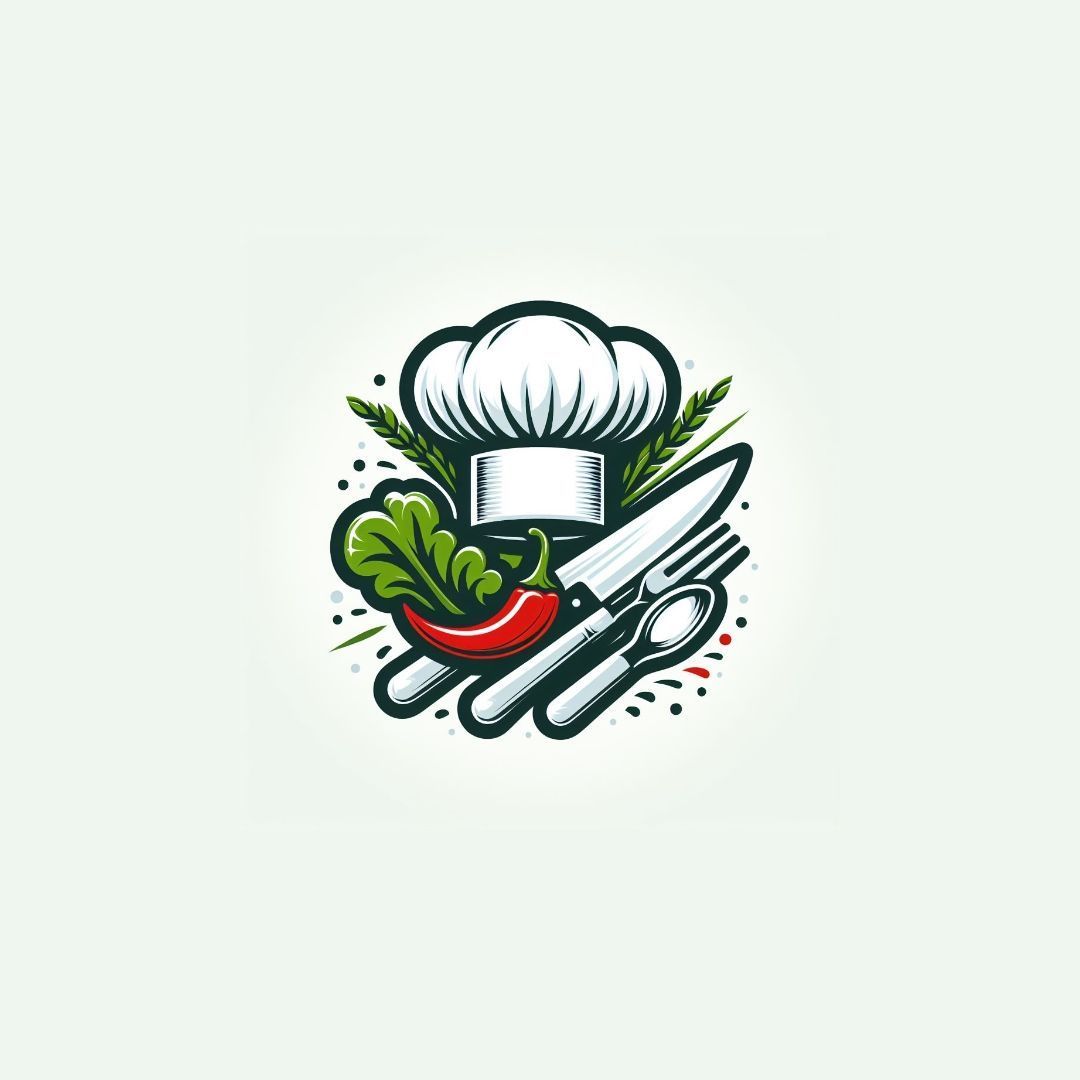
gourmet
Data di inserimento 19 mag 2025
Report article

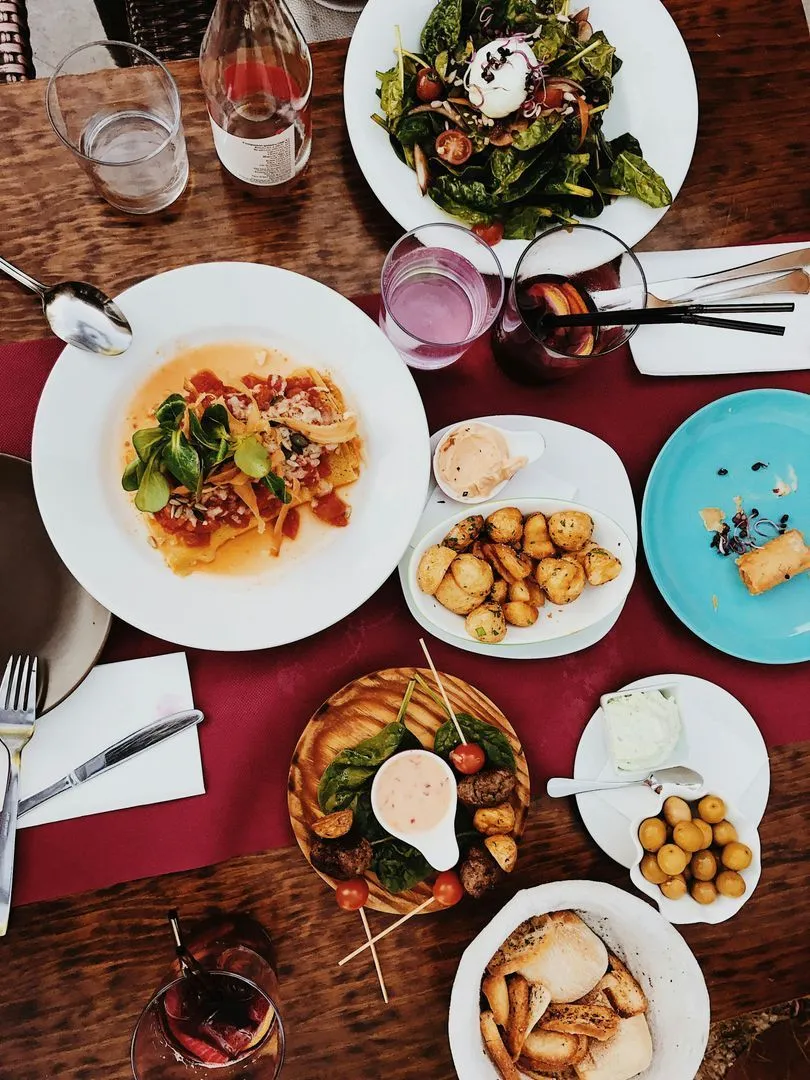
Comments
There are no comments yet.